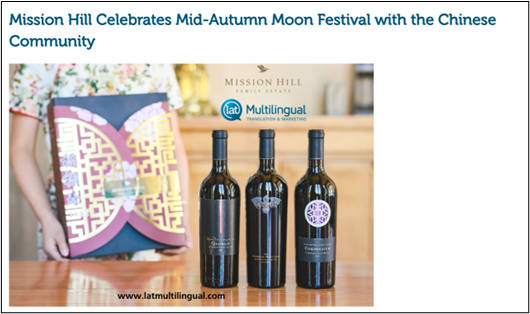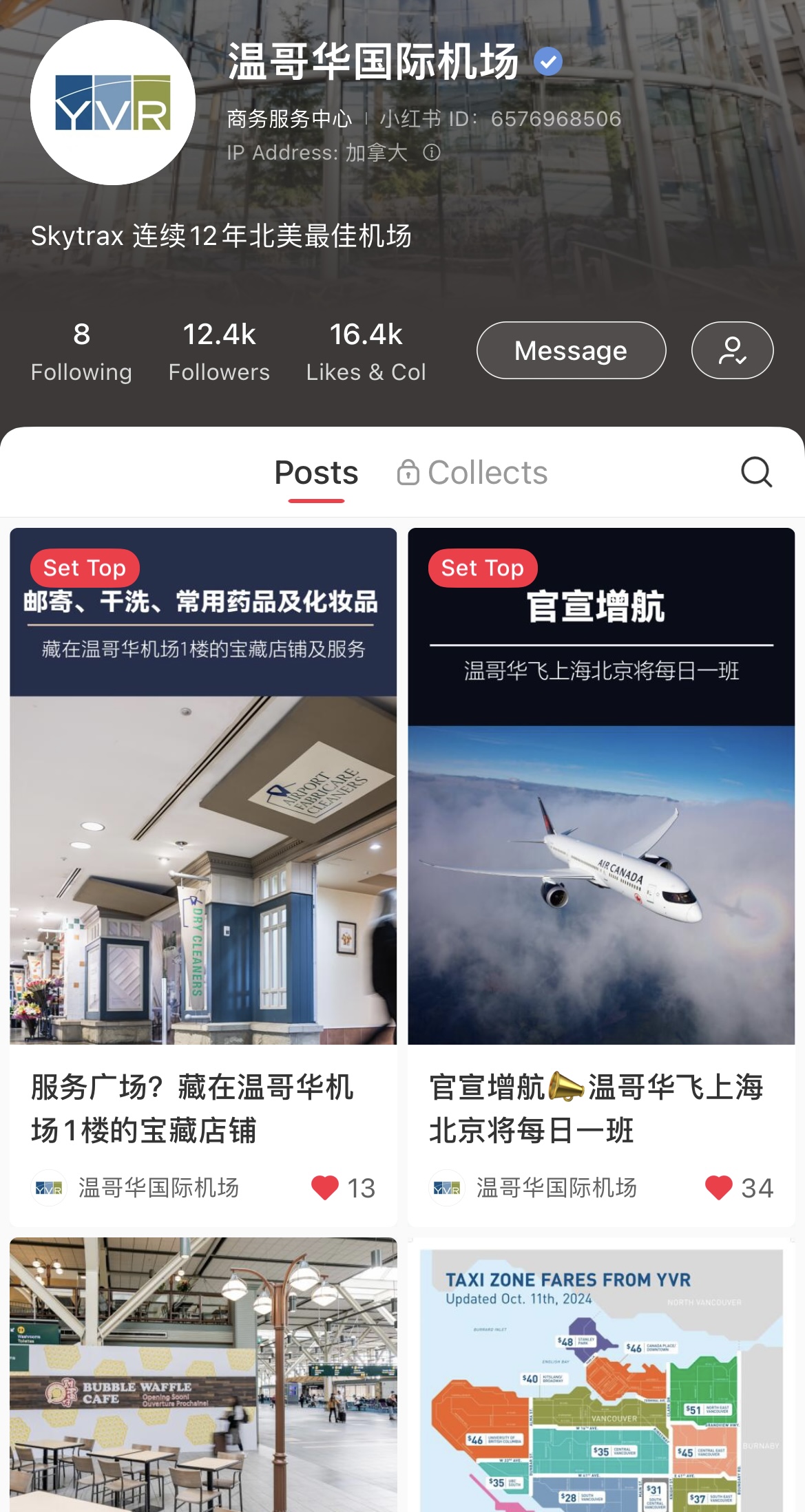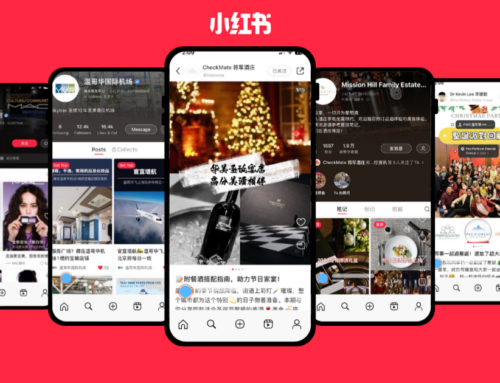With more than half of its population being immigrants, Toronto and its surrounding areas, commonly referred to as the Greater Toronto Area (GTA), ranks among the most culturally diverse regions in the world.
Yet most businesses continue to market to the 50% who speak English, missing out on a growing opportunity.
The GTA is by far the most populous metropolitan area in Canada, with an estimated 6.5 million residents.

Cultural Diversity: A Growing Opportunity
GTA residents represent more than 200 ethnicities and speak 140 different languages in homes throughout the region. The most common languages spoken are Mandarin, Cantonese, Punjabi, Tagalog, Spanish, and Italian. These ethnic groups often consist of new immigrants, many of whom have considerable spending power. So marketing to them is definitely worth it.
1. South Asians in Brampton and Mississauga
Brampton is recognized for its substantial South Asian demographic, which includes Indian, Pakistani, and Punjabi communities. Mississauga also hosts a notable South Asian population. To capture their attention, businesses should adapt their marketing materials to Hindi, Punjabi, and Urdu. Moreover, campaigns that emphasize important cultural holidays like Diwali, Eid, and Vaisakhi can help build stronger connections with these groups.

Diwali offers by AU Bullion Canada
2. Chinese Communities in Markham and Richmond Hill
Markham and Richmond Hill have prominent Chinese populations, where Mandarin and Cantonese are commonly spoken. Marketing efforts aimed at these regions should prioritize localization by integrating culturally relevant elements such as the Lunar New Year and the Mid-Autumn Festival.
Given that Chinese people are typically not on mainstream media, engaging with these customers requires a well-adapted strategy and a presence on applications such as RED or WeChat.

3. Filipino Communities in Scarborough and North York
The Filipino population in the GTA has been expanding quickly, especially in Scarborough and North York. Tagalog is predominantly spoken in these households, and businesses could gain from translating their marketing campaigns. Focusing on family-centered themes and cultural festivities like Christmas, which are significant in Filipino culture, can further boost engagement.
4. Middle Eastern Communities in Richmond Hill and Mississauga
Richmond Hill and Mississauga are home to considerable Middle Eastern demographics. Businesses aiming to reach these communities should consider translating their content into Farsi and Arabic and adjusting their marketing materials to reflect Islamic and Persian cultural preferences. Campaigns that recognize key cultural events like Ramadan and Nowruz can help businesses connect on a more personal level.
5. Latino Communities in Toronto and Vaughan
Toronto and Vaughan have Latino communities with many Spanish and Italian speakers. Businesses can build rapport by translating content into Spanish and Italian, focusing on family values, music, and food, central to the Latino culture.
Cultural festivities such as Día de los Muertos, carnivals, or events surrounding Italian festivals like the Corso Italia Festival provide opportunities for culturally resonant campaigns.
Understanding diverse communities is important for businesses that want to genuinely connect with their target audiences in a culturally appropriate manner.
Translation and Localization:
1. Language-Focused Marketing
Each cultural group in the GTA has their language preferences. The Chinese community clearly prefers content in their own language, and Mandarin speakers will also be more comfortable being able to learn about brands on RED, or WeChat – which are popular platforms in China. South Asians could engage more effectively with marketing materials in Hindi (or Hinglish!), Punjabi, or Tamil, depending on their heritage. Companies that prioritize translating their marketing content into these languages can establish a deeper emotional connection with their audience.
2. Culturally-Relevant Messaging

Lunar New Year wishes by YVR (Vancouver Int’l Airport)

BC 1 Call’s holiday wishes in Punjabi
Marketing to a diverse audience involves more than language; it requires an understanding of the values, customs, and preferences of each community. For instance, a marketing campaign aimed at South Asian residents during Diwali – the festival of lights – should honour the cultural significance of this occasion.
Likewise, businesses could engage with the Chinese community by recognizing Lunar New Year celebrations.
3. Tailoring Visual and Audio Content
Beyond written materials, visual and audio components must also be adjusted for cultural significance. Colours, imagery, symbols, and even musical elements hold varying interpretations across different cultures. For example, in Chinese culture, the colour red signifies good fortune and joy, while it may have different associations in other cultural groups.
4. Understanding Digital Media Preferences
Just as communities across the GTA speak different languages and have various cultural preferences, their digital platforms of choice and social media channels also differ. Recognizing which platforms different cultural groups use is crucial in customizing digital marketing strategies.
- Chinese Consumers are very active on WeChat and RED
 When aiming to engage the Chinese community, businesses should understand that mainstream social media platforms like Facebook and Instagram may not be as commonly utilized. Instead, posting or advertising on platforms such as WeChat and RED (Xiaohongshu) is much more likely to get attention from Chinese consumers.
When aiming to engage the Chinese community, businesses should understand that mainstream social media platforms like Facebook and Instagram may not be as commonly utilized. Instead, posting or advertising on platforms such as WeChat and RED (Xiaohongshu) is much more likely to get attention from Chinese consumers.- WeChat: WeChat is the most popular messaging app for Chinese communities to connect, engage and acquire information on a daily basis. It provides a range of services from messaging to shopping and social networking. The multifunctional nature of WeChat makes it an excellent resource for businesses seeking to connect with the Chinese community.
- RED (Xiaohongshu): Centered on lifestyle, RED is recognized for its user-generated content, particularly in areas like fashion, beauty, and food. It is an ideal platform for brands, institutions and organizations looking to increase awareness and promote products and events to the Chinese community.
2. South Asian Communities – Facebook, Instagram, WhatsApp, and YouTube

Telus ad in Hinglish!
- The South Asian communities in the GTA, which largely include populations from India, Pakistan, and Bangladesh, are highly active on social media. Facebook, WhatsApp, and YouTube are among the most popular platforms.
- Facebook and Instagram: Many South Asians, particularly first-generation immigrants, use Facebook and Instagram as their primary social media platforms. Businesses can create targeted Facebook and Instagram ads, groups, and community pages to engage this demographic.
- WhatsApp: This is one of the most popular messaging platforms among South Asians. WhatsApp allows businesses to engage customers directly through messaging campaigns, customer support, and even WhatsApp Business for order placements and updates.
- YouTube: YouTube is hugely popular among South Asians, with a wide variety of content consumed daily, ranging from Bollywood music videos to cooking tutorials and religious programming. Video marketing through YouTube ads or localized video content can be very effective.
3. Filipino Communities – Facebook, YouTube, and Viber
- Facebook: Filipinos rank among the most engaged users of Facebook. Companies aiming to connect with the Filipino community can gain from developing Facebook content that focuses on family and community, resonating with Filipino cultural values.
- YouTube: Just like in the South Asian community, YouTube holds significant popularity within the Filipino demographic, especially for entertainment and educational purposes.
- Viber: While WhatsApp tends to be more popular in South Asian communities, Viber remains a common messaging app used by Filipinos. Businesses can leverage Viber for communication with customers, promotions, and localized marketing efforts.
4. Middle Eastern Communities – Facebook, Instagram, and WhatsApp
- People who come from the Middle East, including people from Iran, Syria, and Lebanon, actively engage on digital platforms.
- Facebook and Instagram: are prominent apps for personal connections and business interactions. Notably, Instagram is favoured among younger Middle Eastern Canadians, making it an excellent option for campaigns that focus on visual content.
- WhatsApp: Frequently used by Middle Eastern communities. Businesses also use WhatsApp to communicate directly and personally with customers.
5. Latino and Italian Communities – Facebook, Instagram, WhatsApp, and YouTube

Mississauga Latin Festival “Parade 2024”
- Facebook and Instagram: are widely used by Latinos and Italians, in particular, and are popular among younger audiences. It is well suited for visually engaging campaigns that highlight food, music, and traditional or cultural events.
- WhatsApp: Similar to other immigrant communities, WhatsApp is a preferred communication app for Latinos and Italians, wherein businesses can engage with customers through promotions and personalized messages.
- YouTube: YouTube is frequently used for entertainment, cooking tutorials, music, and cultural videos. Localized video content or targeted ads are a great way to get noticed on YouTube.
Building Trust Through Culturally-Sensitive Marketing
Immigrant communities will naturally gravitate around businesses that understand their cultural preferences and provide services that are adapted to their needs. By prioritizing translation, localization, content and marketing adaptation, companies have a huge opportunity to reach a growing market of untapped customers for whom English is not their first language.















